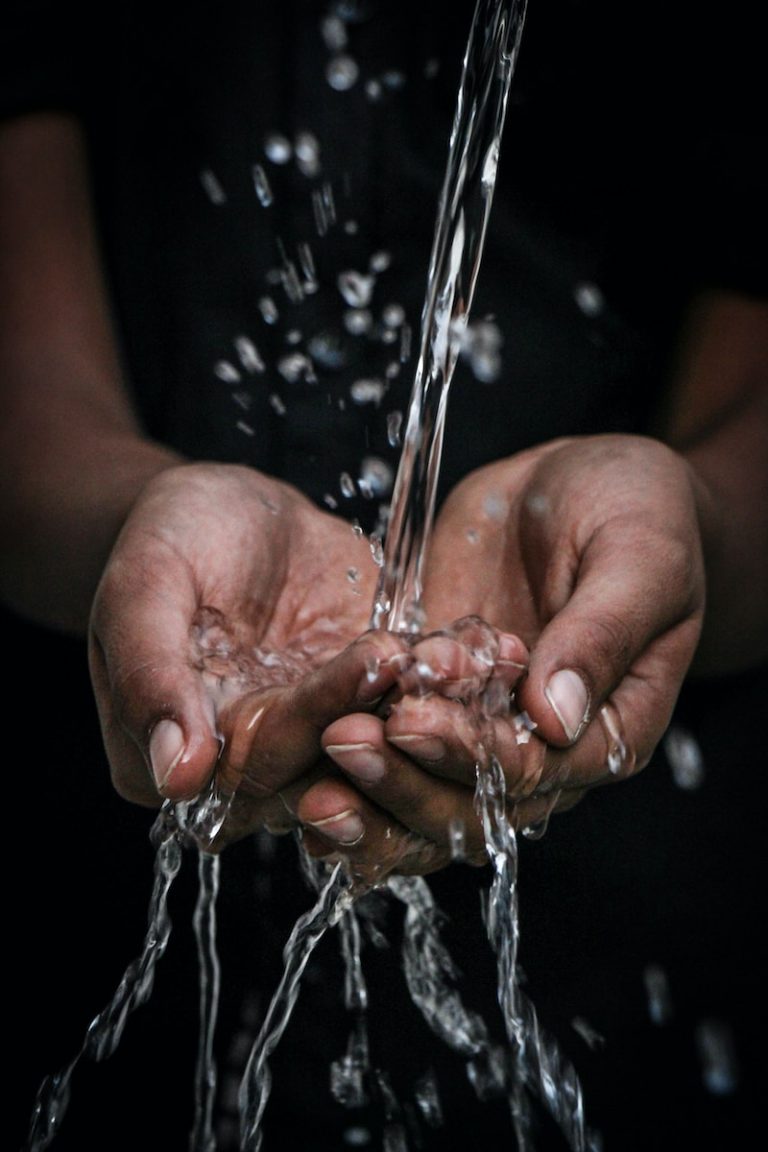Whether it’s for taste, health benefits, or both, understanding how to add minerals to water can vastly upgrade your hydration routine. This comprehensive guide will walk you through why it’s important, which minerals you should consider, and ten effective methods for adding minerals to your tap water.
Difference between soft and hard water
Before we talk about adding minerals to your water, we have to tell the difference between hard water and soft water. Simply put, hard water is one with excess calcium and magnesium. Soft water, on the other hand, is free of these minerals that can damage the human body.
Soft water is gentle, with calcium and magnesium removed through water softener systems. Now, you are probably wondering why you need to add minerals, when they make the water hard?
Well, you can add minerals to a certain extent, not overdo it.
Why Add Minerals to Your Water?
Minerals are essential elements that our bodies need to function optimally. They contribute to various bodily functions such as bone health, heart health, and improved nervous system functioning. Unfortunately, many water purification methods, including reverse osmosis and distillation, remove these beneficial minerals. This leaves us with water that, while safe to drink, lacks essential nutrients. Therefore, it becomes necessary to find ways to reintroduce these minerals back into our drinking water.
Importance of Minerals in Our Body
Let’s delve into the specific roles of some common minerals that are beneficial to our health:
- Calcium: This mineral is critical for maintaining healthy teeth and bones. It also plays a role in our heart’s function and muscle contraction.
- Magnesium: Magnesium contributes to the mineralization of our skeleton and can help prevent heart diseases.
- Potassium: This essential mineral regulates blood pressure and supports overall cardiac health.
- Sodium: Sodium maintains blood pressure, supports nerve and muscle function, and balances electrolytes in our body.
- Iron: Iron aids in oxygenating our blood.
- Zinc: Zinc promotes overall development, DNA synthesis, sensory functions, and immunity.
- Copper: Copper aids in maintaining overall health, strengthens bones, and supports the immune system.
10 Effective Ways to Add Minerals to Water
There are various ways to add these essential minerals back into your drinking water. We are not saying that you can experience mineral deficiency by drinking filtered water. But, let’s explore ten of the most effective methods:
1. Utilizing Mineral Drops
Mineral drops are concentrated solutions of trace minerals. They are an easy and quick way to enrich your water with necessary minerals. Simply add the recommended amount of mineral drops to your water and mix well.
2. Adding Himalayan Salt
Himalayan salt is a natural source of over 80 different minerals and trace elements. Adding a pinch to your water not only enhances the taste but also boosts its mineral content.
3. Incorporating Calcium
Calcium is a crucial mineral that we can easily add to our water. You can find various calcium supplements in the form of tablets or powders that can be dissolved in water.
4. Incorporating Magnesium
Like calcium, magnesium supplements are readily available and can be easily added to your bottled water to increase its mineral content.
5. Using an Alkaline Water Filter Pitcher
Alkaline water pitchers increase the pH level of your water and reintroduce beneficial minerals like calcium, magnesium, and potassium. They are a convenient and easy-to-use option for remineralizing your water.
6. Using Mineral Stones
Mineral stones are a natural way to add minerals to your water. When placed in a water container, they slowly release trace minerals into the water, enhancing its nutritional content.
7. Using Trace Mineral Drops
Trace mineral drops, derived from natural sources like seawater, are concentrated solutions full of various trace minerals. They provide an easy and efficient way to enrich your water.
8. Using a Water Ionizer
A water ionizer is a device that raises the pH level of your water to make it more alkaline. Besides, they also reintroduce minerals like calcium back into your water.
9. Using a Mineral Cartridge
A mineral cartridge can be added to your existing reverse osmosis water system to reintroduce minerals into your purified water. These cartridges can add up to five types of minerals back into your filtered water, enhancing its taste and nutritional content.
10. Adding Epsom Salt
Epsom salt is an excellent source of magnesium. By adding it to your tap water, you can easily increase the mineral content of your water.
Final Thoughts
Understanding how to add minerals to water is an essential skill, especially for those who rely on reverse osmosis water purification or other purification methods that remove minerals from water. By using one or a combination of the methods mentioned above, you can enjoy healthy mineral-rich water that not only tastes better but also contributes to your overall health. Start enhancing your hydration routine today by learning how to add minerals to your water!
Your bottled mineral water will taste much better once you learn how to do it.



0 Comments